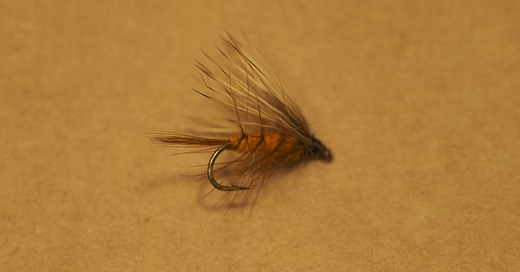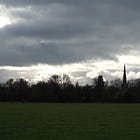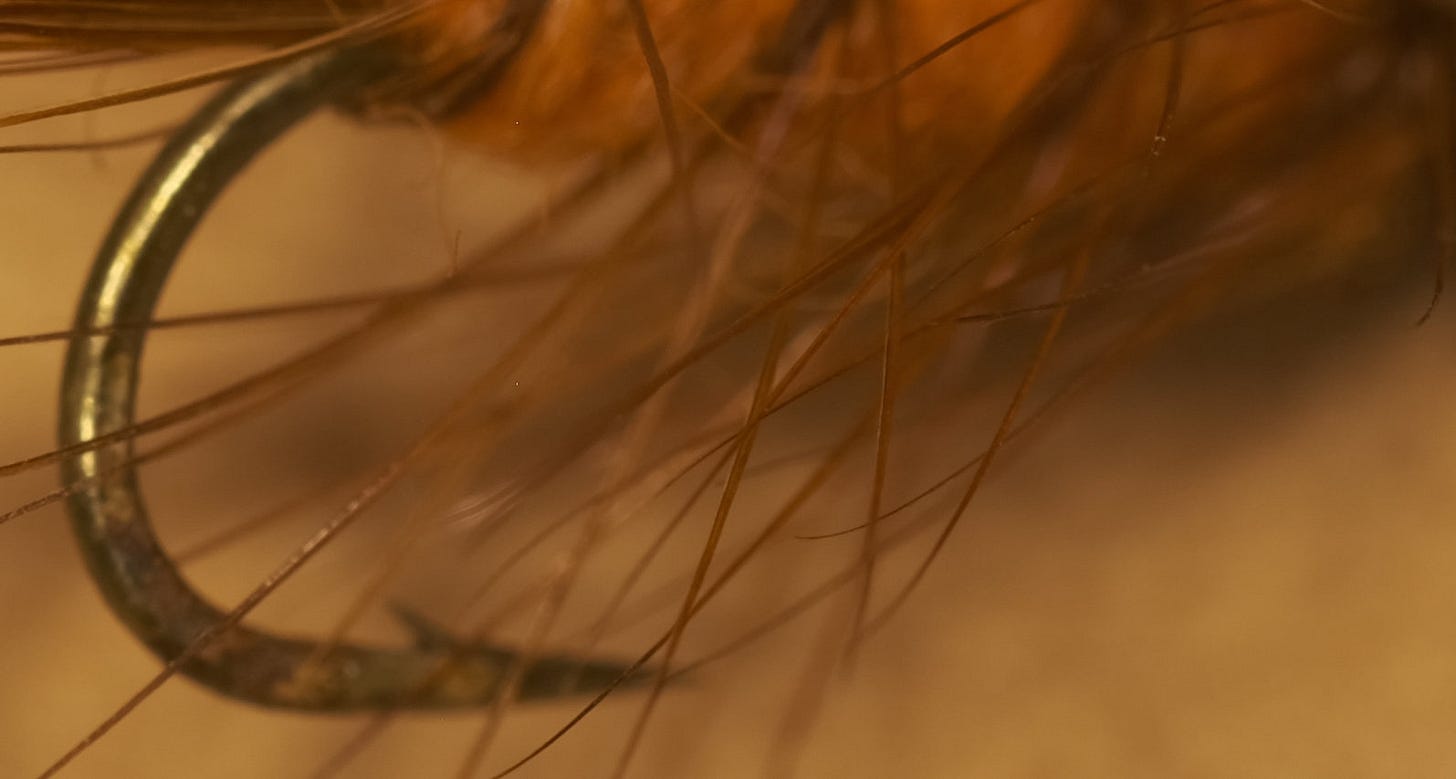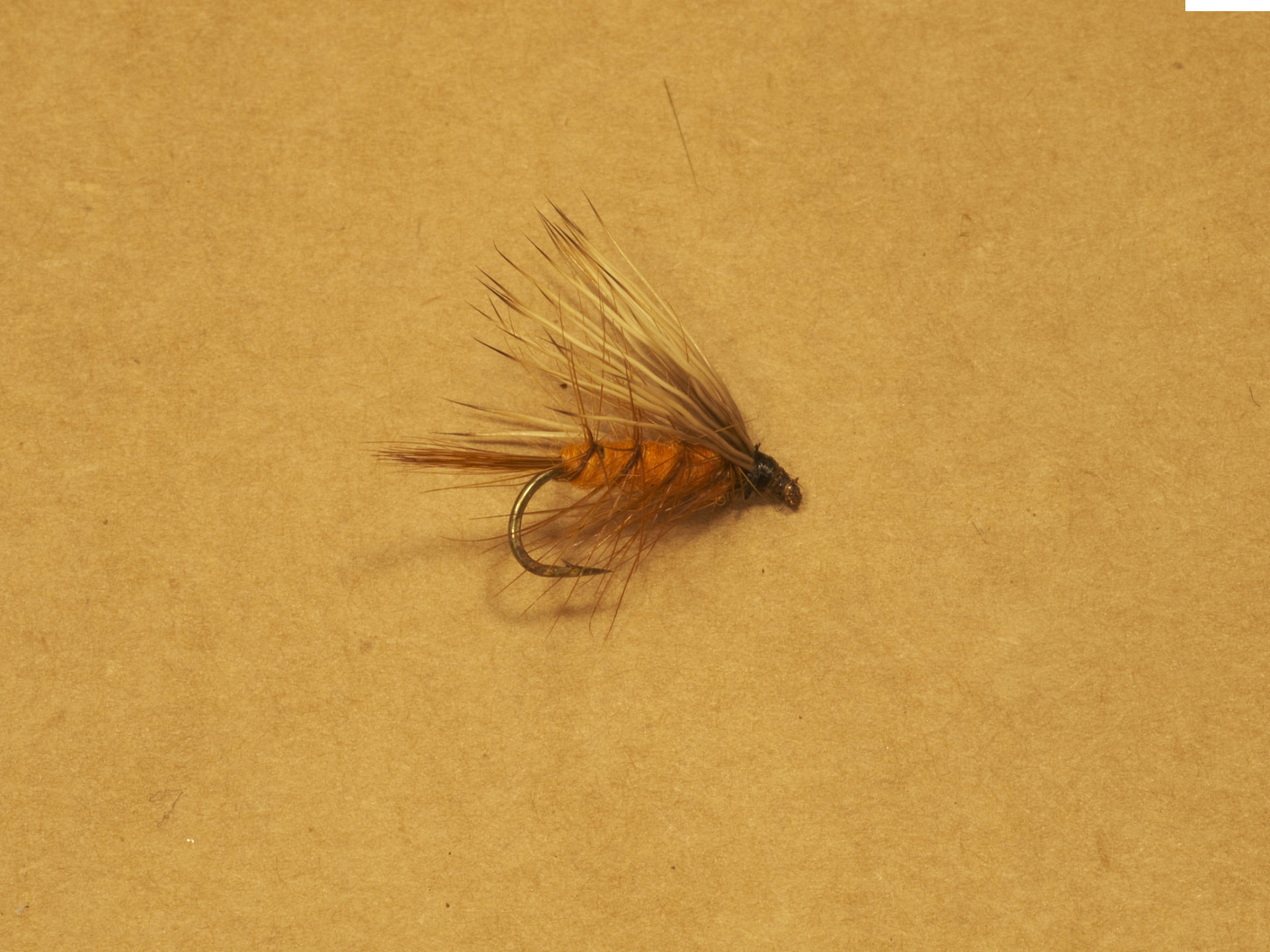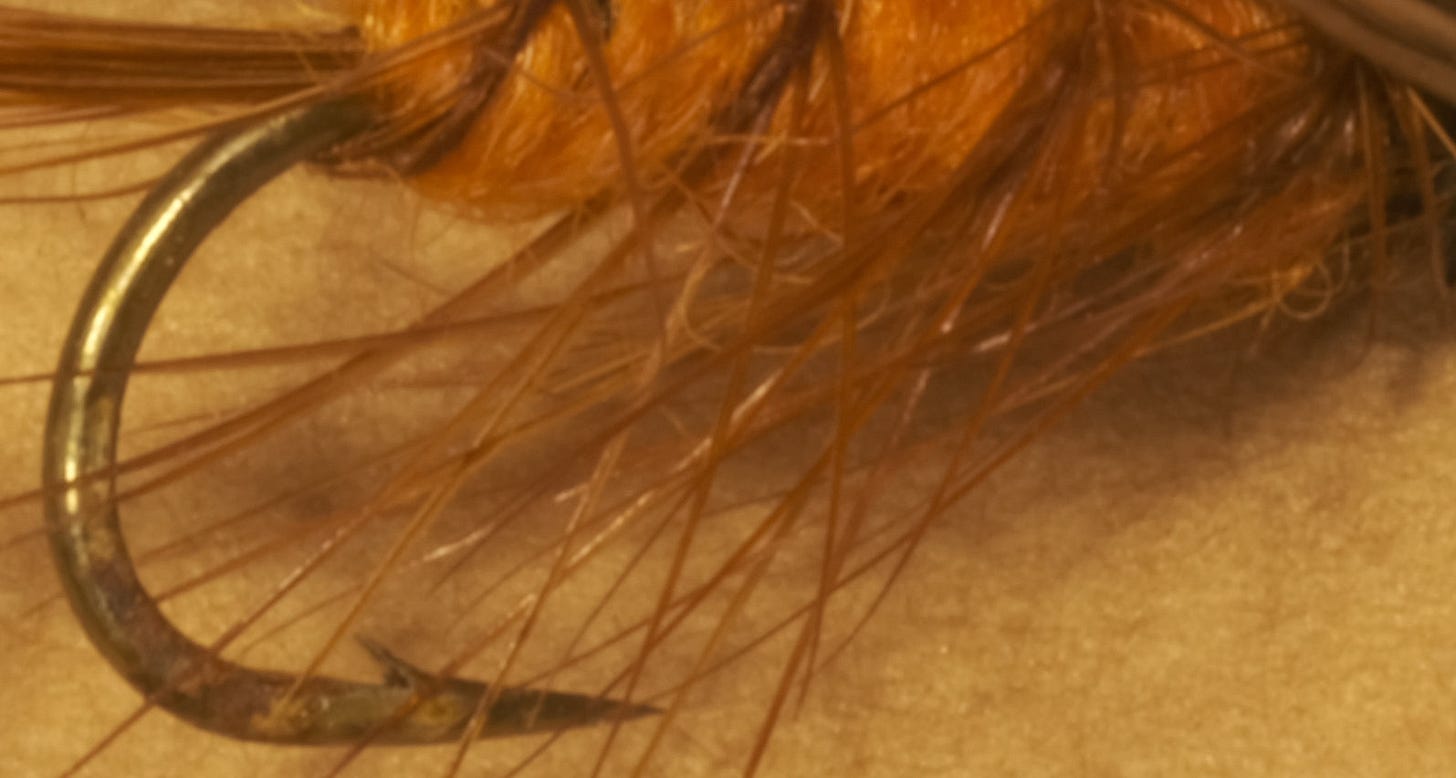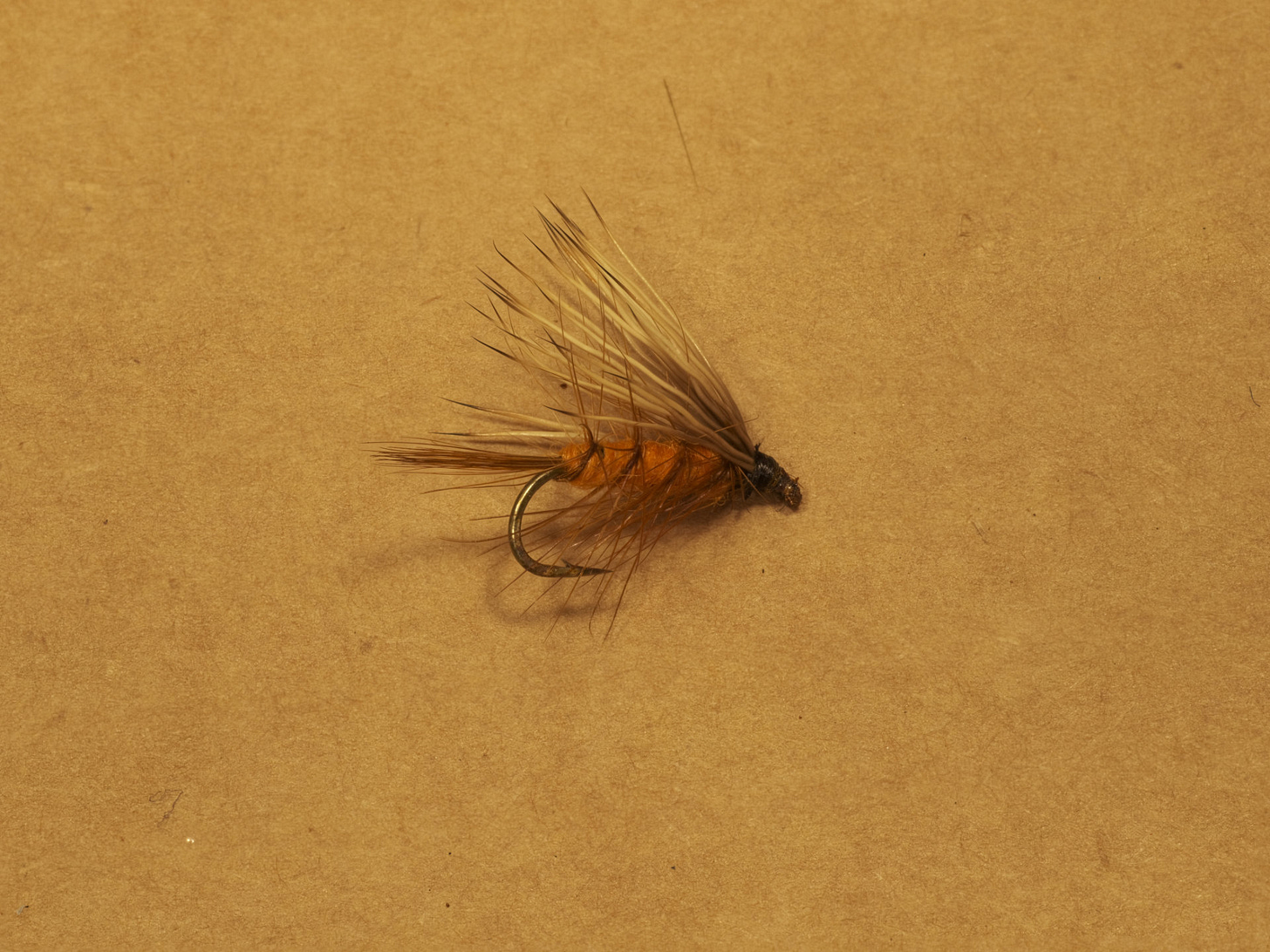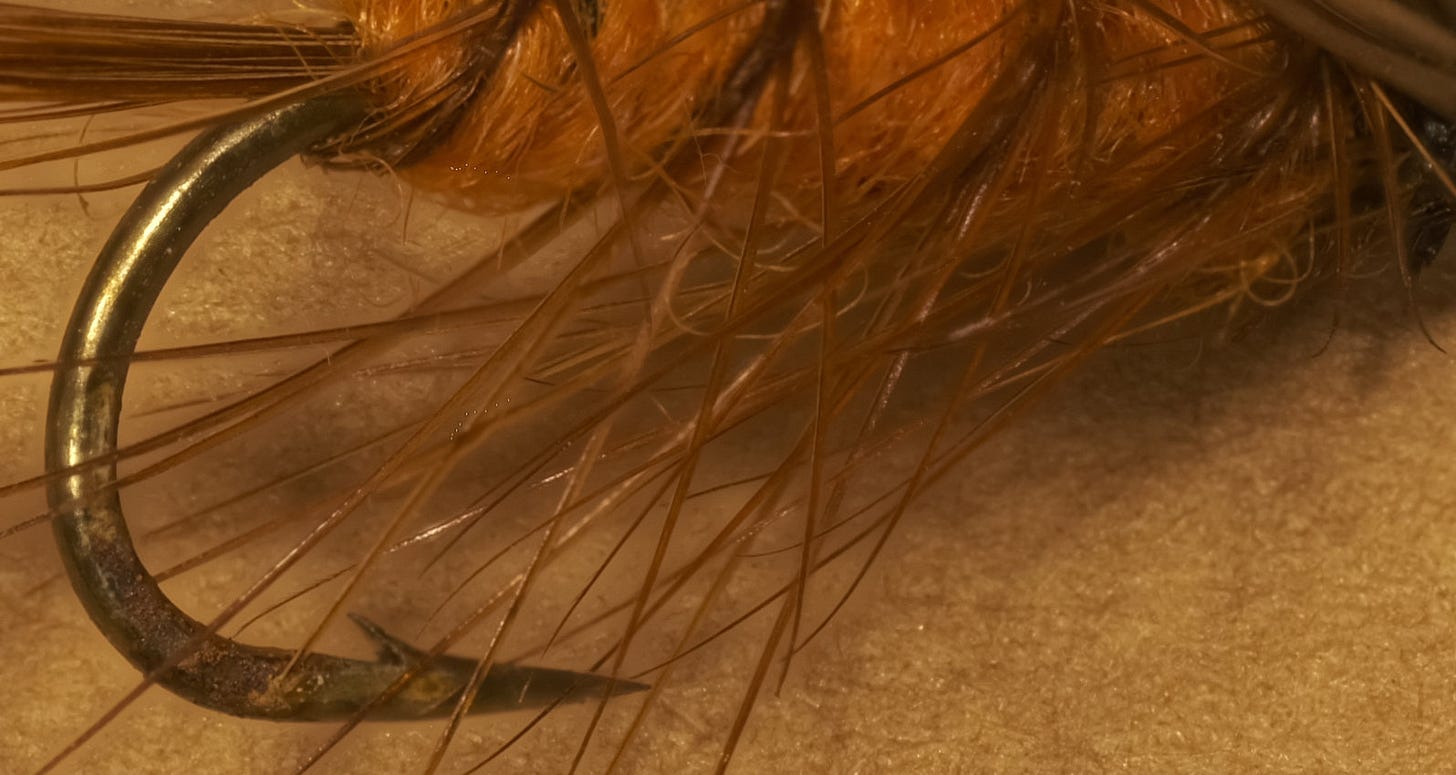Macro on Fuji GFX with Mamiya 120mm f4 Macro Lens
I have been playing with some macro photography. Not a terribly fancy setup, just that I have a little spare time in the evening and wanted to fend off the television and maybe teach myself something.
I drag my tripod out to the studio and bring along my Fujii GFX 50s ii and mount an adapted Mamiya 645 lens the 120mm f4 macro. Inspired by a short film I watched about Thomas Mcguane and Jim Harrison and fly fishing I chose flies as my subject.
I wrote a little about the Mamiya 120mm Macro lens when I bought it, here…
It is a very sharp lens for just normal work at that focal length and gives my 150mm f3.5 a run for its money. It is heavier so you best expect some closeup work in the field to justify taking it along.
For these I am showing JPEGs and full size images are rescaled to 1920 pixels across to fit most full screen monitors and save file size. (Substack can refuse some full size images.) These are ISO 200 and shutter speeds are in the range of about 2-5 seconds. I encourage you to click on the image to see it in full screen. (A desktop is best I think.)
I want to understand the trade-off between tight apertures and focus stacking. At f8 you get an image like this and have to choose the area of focus.
This crops to 100% pixels as below.
Some of the hairs are in focus but not much else. One could imagine f4 getting an even thinner depth of field.
If I tighten the aperture to f22 I get a compromise between depth of field and softness due to diffraction. (F32 was much softer.)
This version would probably work for most web work and maybe some print work. However a 100% crop reveals the compromises.
This is overall a much sharper image but the expected softness is present.
Next I challenged myself to make a focus stack at f8 which I will assert is close to the focal sweet spot for the lens. (This is merely an assumption but keeps me away from either end of the aperture scale so not a bad guess.)
I made ten exposures incrementally moving from the closest parts of the subject to the furthest. This meant I was at the shortest focus setting of the lens. Since the lens is a manual lens I must adjust the focus for each image and try and make the focus distance similar in each instance. (An autofocus native lens could be controlled through a focal range automatically.) I used a 2 second self-timer for each image to save time.
I then loaded the images into Affinity Photo V1 (yes I am a cheap bastard) and used the focus merge function. This got me the following results.
This image at this viewing does not seem much different from the single f22 image. However a 100% crop reveals significantly more detail…
This is a significantly clearer image. However if you look around the edges of the fibers there is some softness in the background. This seems like an artifact of the blending stage. It isn’t really a problem unless you pixel peep. It is likely that other software does a better job than Affinity at focus stacking.
The work was satisfying and I will see where it takes me.


